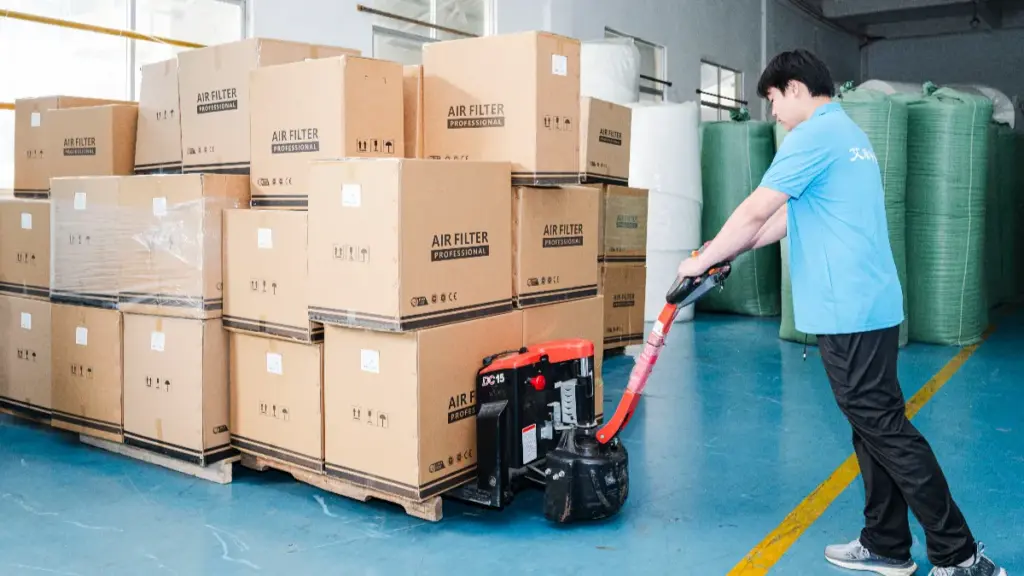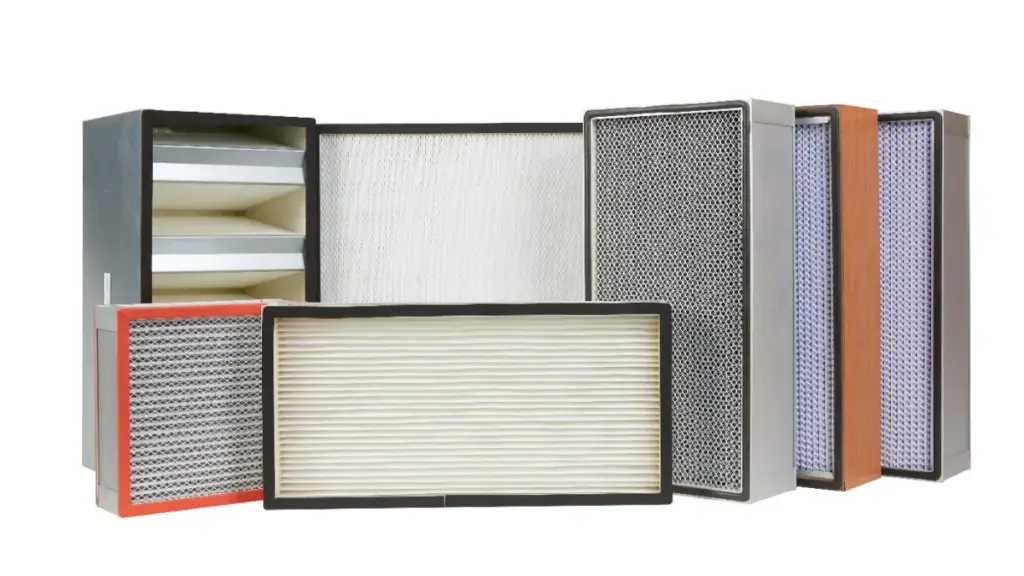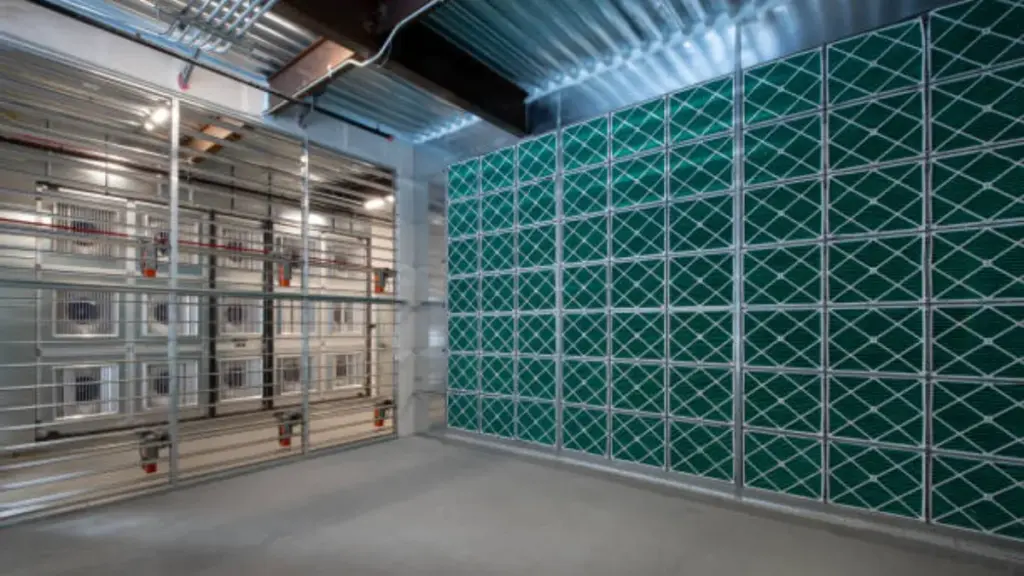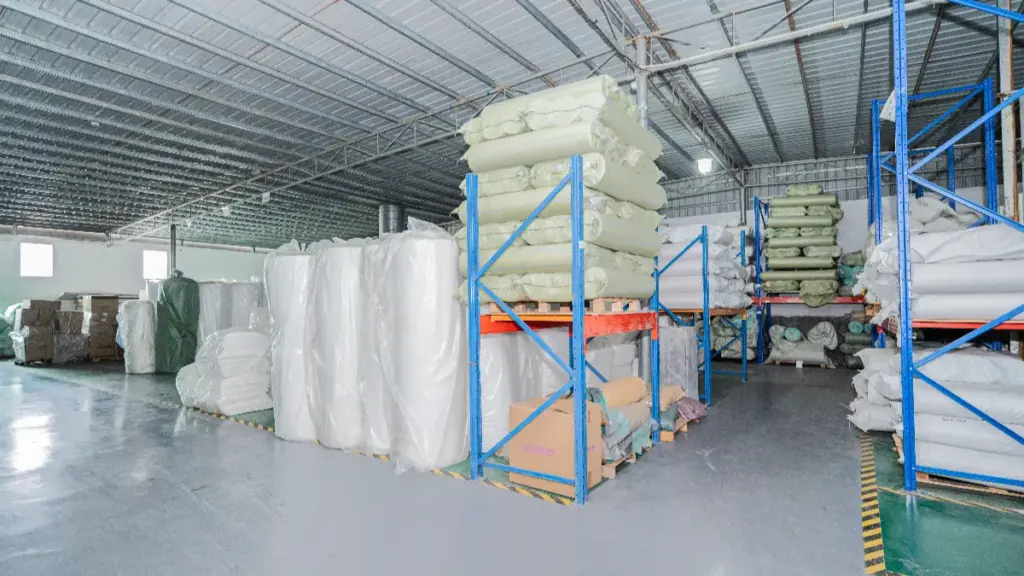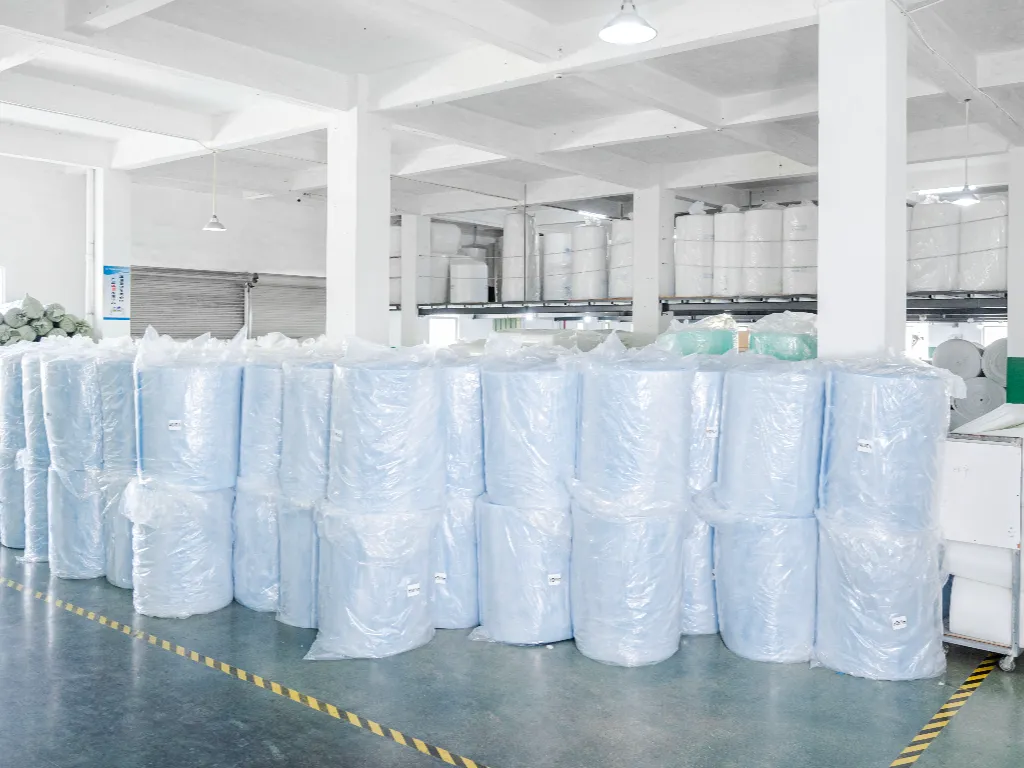Melhorar a qualidade do ar interno é uma preocupação crítica para ambientes residenciais e comerciais. Os filtros de ar desempenham um papel fundamental no controle de contaminantes transportados pelo ar, garantindo ar mais saudável, e proteger os sistemas HVAC.
Este artigo fornece uma visão geral detalhada e tecnicamente precisa de diferentes tipos de filtros de ar, suas classificações de eficiência, Critérios de seleção, e práticas recomendadas de manutenção.
O que são filtros de ar e por que eles são importantes?
Os filtros de ar são dispositivos mecânicos ou eletrostáticos projetados para remover matéria de partículas e, em alguns casos, poluentes gasosos do ar. Eles são componentes essenciais do aquecimento, ventilação, e ar condicionado (Hvac) sistemas, purificadores de ar, e equipamento industrial especializado.
A função principal de um filtro de ar é prender partículas transportadas pelo ar, como poeira, pólen, esporos de mofo, bactérias, fumaça, e compostos orgânicos voláteis (Vocs). A remoção desses contaminantes é vital não apenas para a saúde dos ocupantes - reduzindo as irritações respiratórias, alergias, e exposição a patógenos - mas também para manter a integridade operacional dos sistemas HVAC. Poeira e detritos acumulados podem degradar o desempenho do sistema, aumentar o consumo de energia, e levar a reparos caros.
Em ambientes com requisitos rigorosos de qualidade do ar, como hospitais, laboratórios, e salas de limpeza de fabricação, transporte ferroviário, Selecionar o filtro de ar apropriado é fundamental para a conformidade com os padrões de saúde e segurança.
Qual é a classificação MERV em filtros de ar?
O valor mínimo de relatório de eficiência (Merv) é um sistema de classificação padrão da indústria desenvolvido pela Ashrae que quantifica a eficácia de um filtro em capturar partículas no ar de vários tamanhos. As classificações MERV variam de 1 para 20, com números mais altos indicando maior eficiência de filtragem.
A tabela a seguir resume as faixas de classificação MERV, os tamanhos de partículas que eles têm como alvo, e aplicações típicas:
| Faixa de classificação Merv | Faixa de tamanho de partícula (Microns) | Exemplo de partículas | Eficiência de filtração e aplicações típicas |
| 1-4 | 3.0 para 10 | Pó, pólen, Fibras de carpete | Filtração básica para partículas grandes; Comum em unidades CA de janela residencial |
| 5-8 | 1.0 para 3.0 | Bactérias Legionella, Detritos do ácaro de poeira | Adequado para edifícios residenciais e comerciais padrão; captura esporos menores de poeira e mofo |
| 9-12 | 0.3 para 1.0 | Fumaça, Aerossóis, alguns vírus | Filtração de alta eficiência apropriada para hospitais e espaços comerciais de alta ocupação |
| 13-16 | 0.3 para 1.0 | Bactérias, fumaça | Usado em instalações de saúde e laboratórios; capaz de filtrar bactérias e fumaça |
| 17-20 | 0.3 e menor | Partículas microscópicas, incluindo muitos vírus | Filtros HEPA e ULPA usados em salas de limpeza especializadas; mais alto nível de filtração |
Leia também: Qual é a classificação MERV em filtros de ar? Tudo que você precisa saber
De que classificação MERV eu preciso para casa?
Tipos comuns de filtros de ar e seus principais recursos
Os filtros de ar geralmente se enquadram em três categorias principais: mecânico, eletrostático, e filtros de carbono ativados, cada um abordando diferentes poluentes e aplicações. Aqui está uma visão geral dos tipos mais comuns:
1. Filtros de fibra de vidro

Os filtros de fibra de vidro são o tipo mais básico. Eles usam fibras de fibra de vidro em camadas para capturar partículas de poeira maiores. Eles são baratos e fornecem resistência mínima ao fluxo de ar, Mas sua eficiência de filtração é baixa, geralmente correspondendo às classificações MERV de 1 para 4. Esses filtros são melhores para proteger os sistemas HVAC, mas oferecem melhoria limitada da qualidade do ar.
2. Filtros plissados
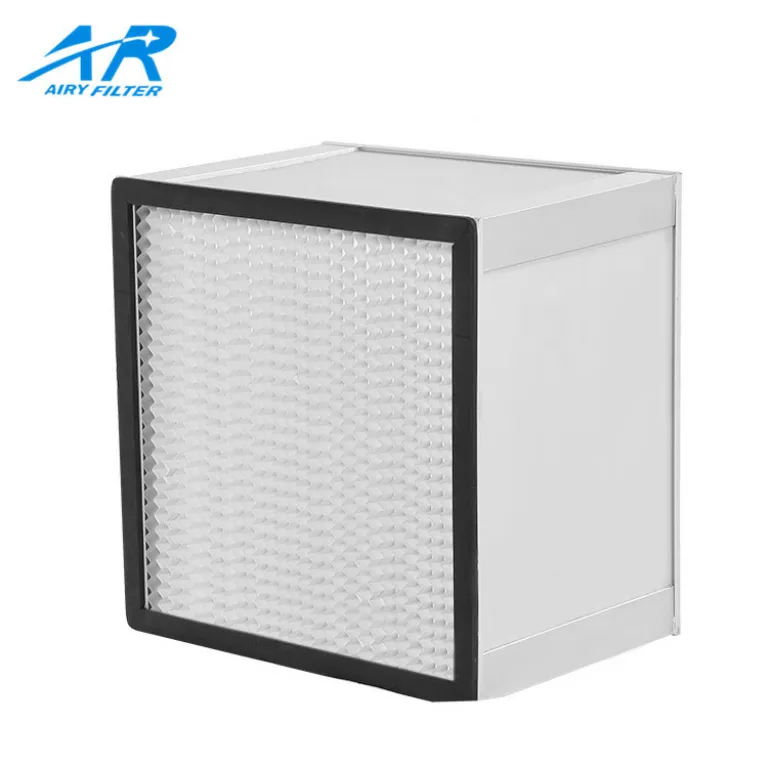
Filtros plissados consistem em tecido dobrado ou material de papel que aumenta a área de superfície para capturar partículas. Eles geralmente têm classificações MERV de 8 para 13. Esses filtros capturam uma ampla gama de tamanhos de partículas, incluindo esporos de mofo e pêlos de estimação. Seu material mais denso melhora a filtração sem reduzir significativamente o fluxo de ar, tornando -os uma escolha popular para casas e escritórios.
3. Filtros eletrostáticos
Filtros eletrostáticos usam eletricidade estática para atrair e manter partículas no ar. Eles podem ser laváveis ou descartáveis. Suas classificações MERV variam amplamente, muitas vezes entre 8 e 13. Enquanto eles podem capturar pequenas partículas de maneira eficaz, O desempenho deles depende da carga estática, que pode enfraquecer com o tempo ou com lavagem.
4. Filtros Hepa
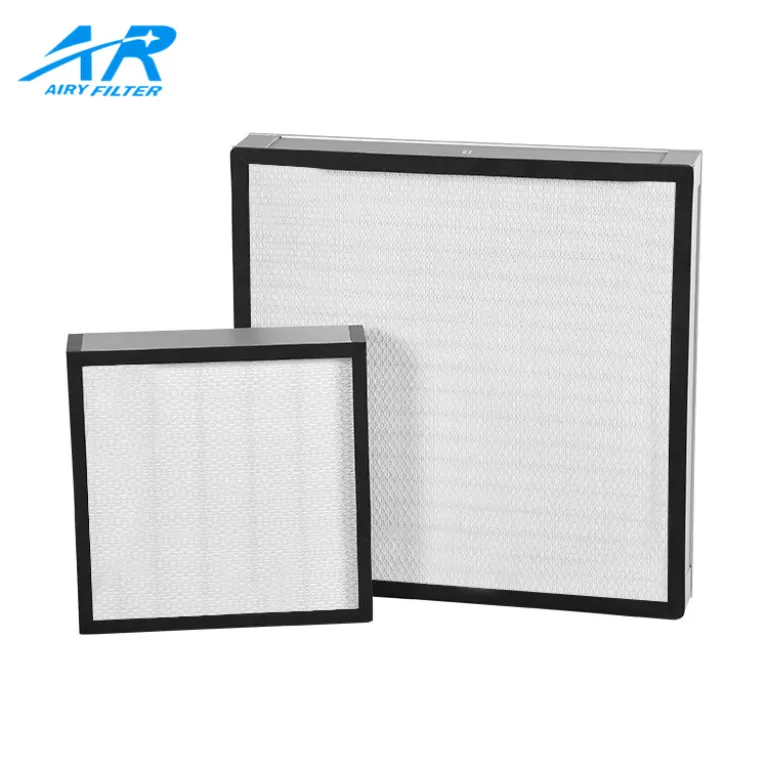
Ar de partícula de alta eficiência (Hepa) filtros são projetados para capturar pelo menos 99.97% de partículas para baixo até 0.3 microns. Estes são usados em ambientes que exigem ar muito limpo, como hospitais, laboratórios, e quartos limpos. Os filtros HEPA têm uma eficiência de filtração muito alta, mas também causam alta resistência ao fluxo de ar. Os sistemas HVAC precisam ser projetados ou atualizados especificamente para lidar com filtros HEPA.
5. Filtros de carbono ativados
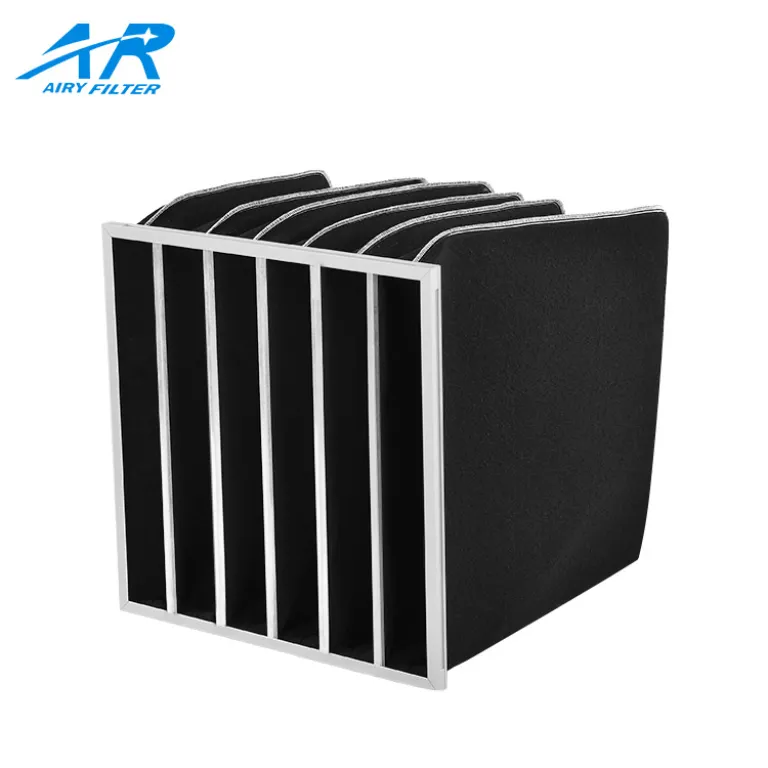
Filtros de carbono ativados são usados principalmente para remover odores, gases, e compostos orgânicos voláteis (Vocs). Eles fazem isso adsorvendo essas substâncias na superfície porosa do carbono ativado. Esses filtros são frequentemente combinados com outros tipos, como filtros plissados ou HEPA para fornecer filtração de partículas e gás.
5. Filtros de carbono ativados
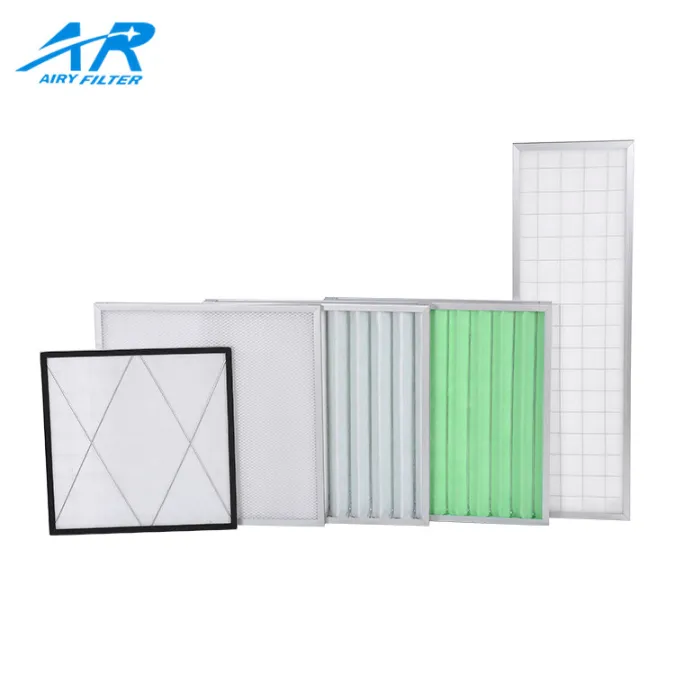
Os filtros de cabine de tinta são especialmente projetados para capturar partículas de pulverização de excesso, pó, e contaminantes durante os processos de pintura. Este tipo de filtros de ar normalmente feito de fibra de vidro, poliéster, ou meios sintéticos. Além disso, esses filtros podem ser divididos em quatro tipos: Filtros de admissão, filtros de escape, filtros de maquiagem aérea, e filtros especializados.
Leia mais: Quais são os diferentes tipos de filtros de cabine de tinta?
| Tipo de filtro de ar | Material | Classificação MERV típica | Prós | Contras | Aplicativo |
| Filtros de fibra de vidro | Fibras de fibra de vidro em camadas | 1 – 4 | Resistência mínima ao fluxo de ar de baixo custo protege os componentes HVAC | Baixa eficiência de filtração Não é eficaz para pequenas partículas Substituição frequente | Proteção básica de HVAC, uso residencial |
| Filtros plissados | Tecido dobrado ou papel | 8 – 13 | Melhor filtração do que fibra de vidro captura esporos de mofo e razoável fluxo de ar razoável | Custo mais alto que a fibra de vidro Precisa de substituição regular Não para partículas muito finas | Casas, escritórios, edifícios comerciais |
| Filtros eletrostáticos | Fibras sintéticas eletricamente carregadas | 8 – 13 | Lavável e reutilizável eficaz para pequenas partículas de custo moderado | As quedas de desempenho, à medida que a estática enfraquecem, requer limpeza de filtração menos consistente | Uso comercial residencial e leve |
| Filtros Hepa | Tapete denso de fibras arranjadas aleatoriamente | Acima 13 (não padrão Merv) | Eficiência de filtração extremamente alta captura bactérias e vírus ideais para ambientes sensíveis | A alta resistência ao fluxo de ar caro requer sistemas HVAC especializados | Hospitais, laboratórios, quartos limpos, ambientes críticos |
| Filtros de carbono ativados | Carbono ativado poroso | N / D | Remove odores e poluentes químicos podem combinar com filtros de partículas | Não remove a matéria de partículas limitadas de substituição frequente necessária | Controle de odor em casas, Purificação do ar industrial |
| Filtros de cabine de tinta | Fibra de vidro, poliéster, Mídia sintética | Varia; Muitas vezes não é classificado por Merv | Prende efetivamente a pintura e a pulverização e os contaminantes Mantém o ambiente de pintura limpa Múltiplas opções de design | Substituição frequente necessária Pode aumentar a resistência do fluxo de ar se entupido Custo mais alto do que filtros padrão | Cabines de tinta automotivas, pintura de spray industrial, fabricação de móveis |
Como escolher entre diferentes tipos de filtro de ar?
Selecionar o filtro de ar certo requer equilibrar vários fatores: eficiência de filtração, Resistência ao fluxo de ar, custo, e ambiente de aplicação.
- Entenda suas necessidades: Por exemplo, um escritório padrão pode precisar apenas de um filtro plissado com um Merv 8 para 11 avaliação. Em contraste, Espaços médicos ou industriais podem exigir filtração HEPA.
- Considere a compatibilidade com HVAC: Nem todos os sistemas HVAC podem lidar com filtros com altas classificações MERV. Um filtro muito denso pode reduzir o fluxo de ar, levando a custos de energia mais altos e desgaste do sistema.
- Avaliar preocupações de qualidade do ar interno: Se odores ou COV são um problema, Os filtros de carbono ativados são benéficos. Para quem sofre de alergia, filtros que capturam partículas menores (Merv 11 e acima) são melhores.
- Orçamento e manutenção: Os filtros de fibra de vidro são baratos, mas precisam de substituição frequente. Filtros plissados e eletrostáticos oferecem melhor valor ao longo do tempo. Filtros Hepa, enquanto caro, Forneça limpeza de ar incomparável, mas possui maiores custos de manutenção e instalação.
Dicas para manter e substituir o filtro de ar de maneira eficaz
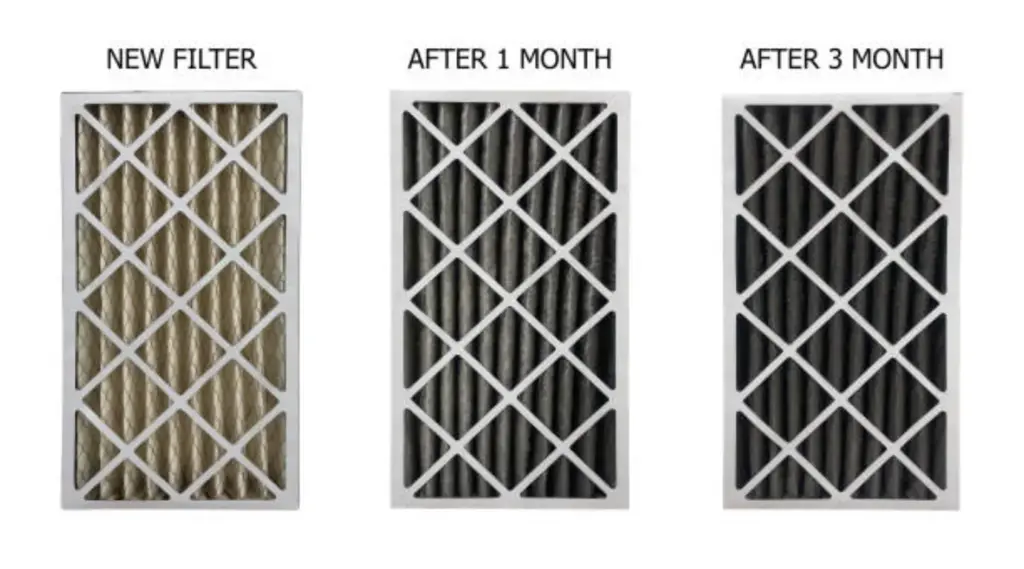
A manutenção adequada é crucial para maximizar a eficácia e a vida útil do seu filtro de ar.
- Verifique os filtros regularmente: Inspecione seu filtro todos os meses, Especialmente durante grandes temporadas de uso como verão e inverno.
- Substitua dentro do cronograma: Siga as recomendações do fabricante, normalmente todo 3 meses para filtros plissados. Os filtros laváveis eletrostáticos devem ser limpos regularmente de acordo com as instruções.
- Mantenha os filtros sobressalentes: Ter substituições em mãos evita o tempo de inatividade do sistema e garante qualidade consistente do ar.
- Mantenha o sistema HVAC: Um sistema HVAC limpo reduz o acúmulo de poeira e melhora o desempenho do filtro. A manutenção profissional regular é aconselhável.
- Monitore a qualidade do ar: O uso de monitores de qualidade do ar pode ajudá -lo a determinar quando os filtros precisam de substituição ou atualização.
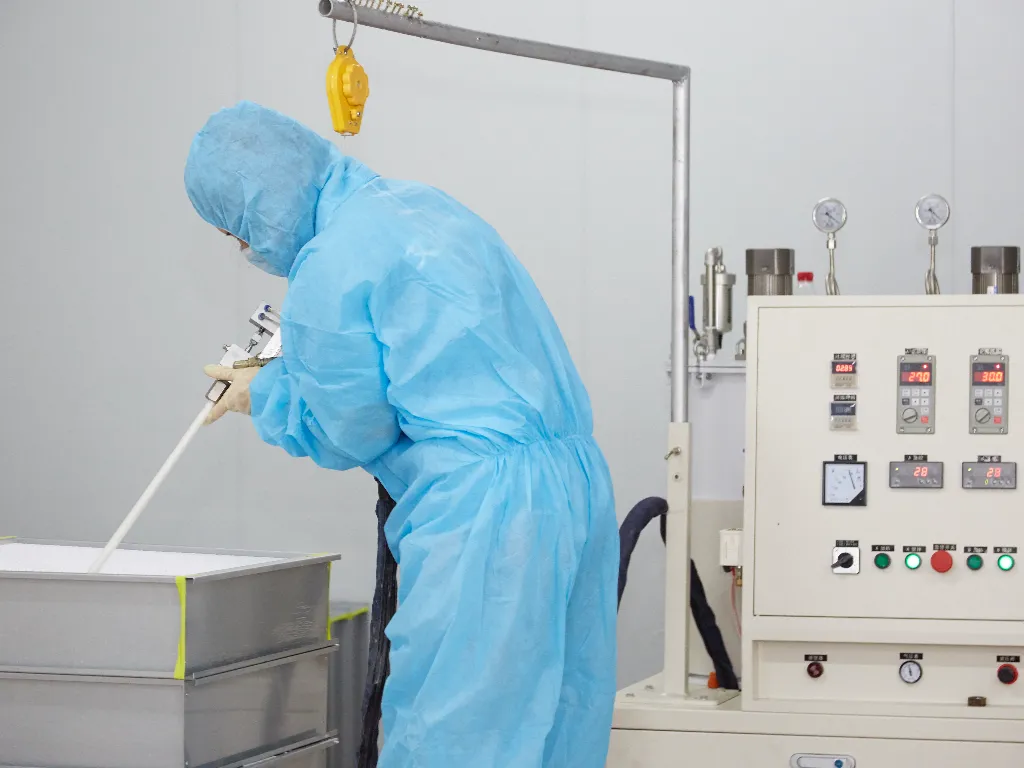
No Filtro arejado, um fabricante de filtro de ar dedicado, Recomendamos avaliar seus objetivos específicos de ambiente e qualidade do ar antes de selecionar um tipo de filtro de ar. Se você precisar de orientação ou soluções de filtragem personalizadas, Nossos especialistas técnicos estão disponíveis para ajudar na seleção de produtos e suporte de aplicativos. Não mais do que nós hoje!

